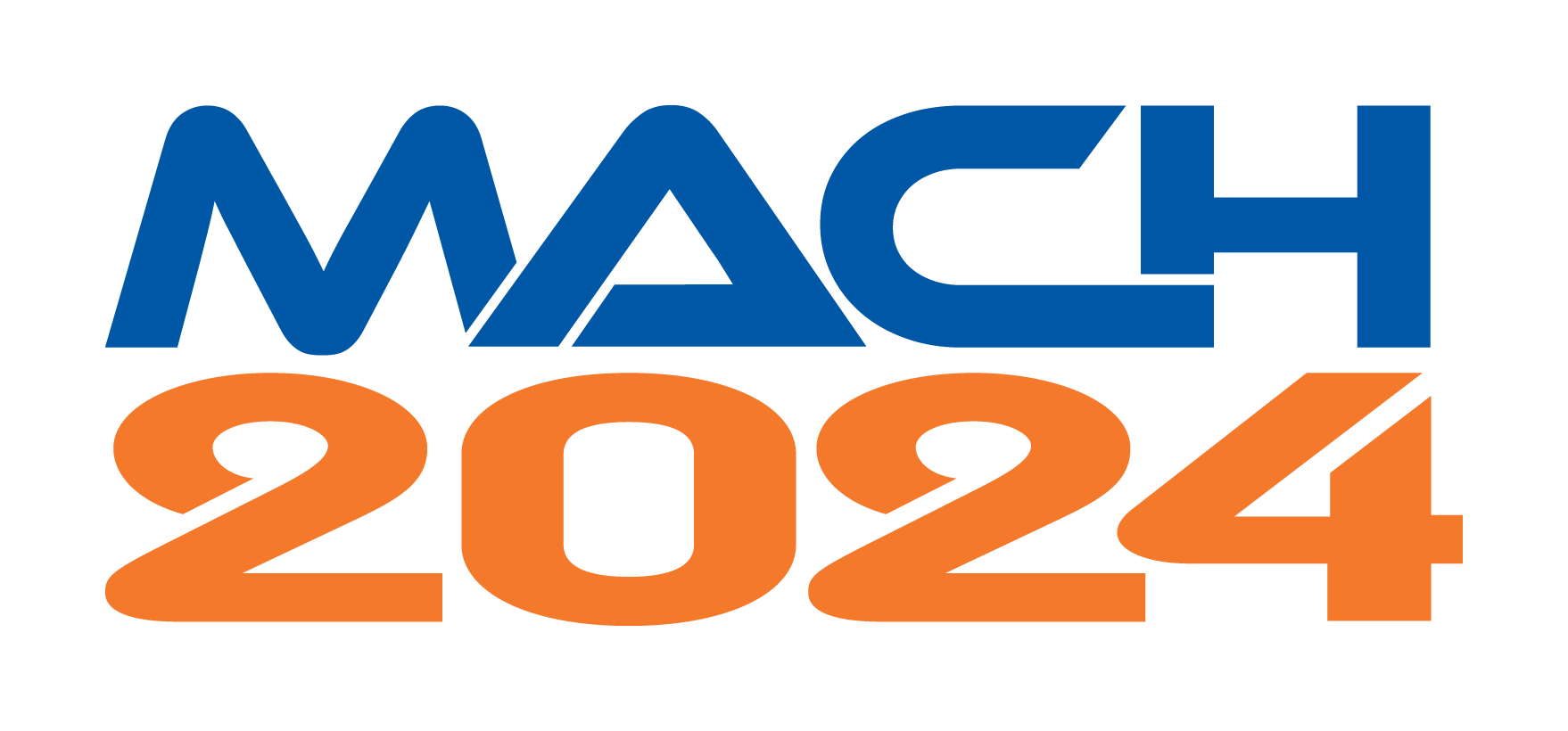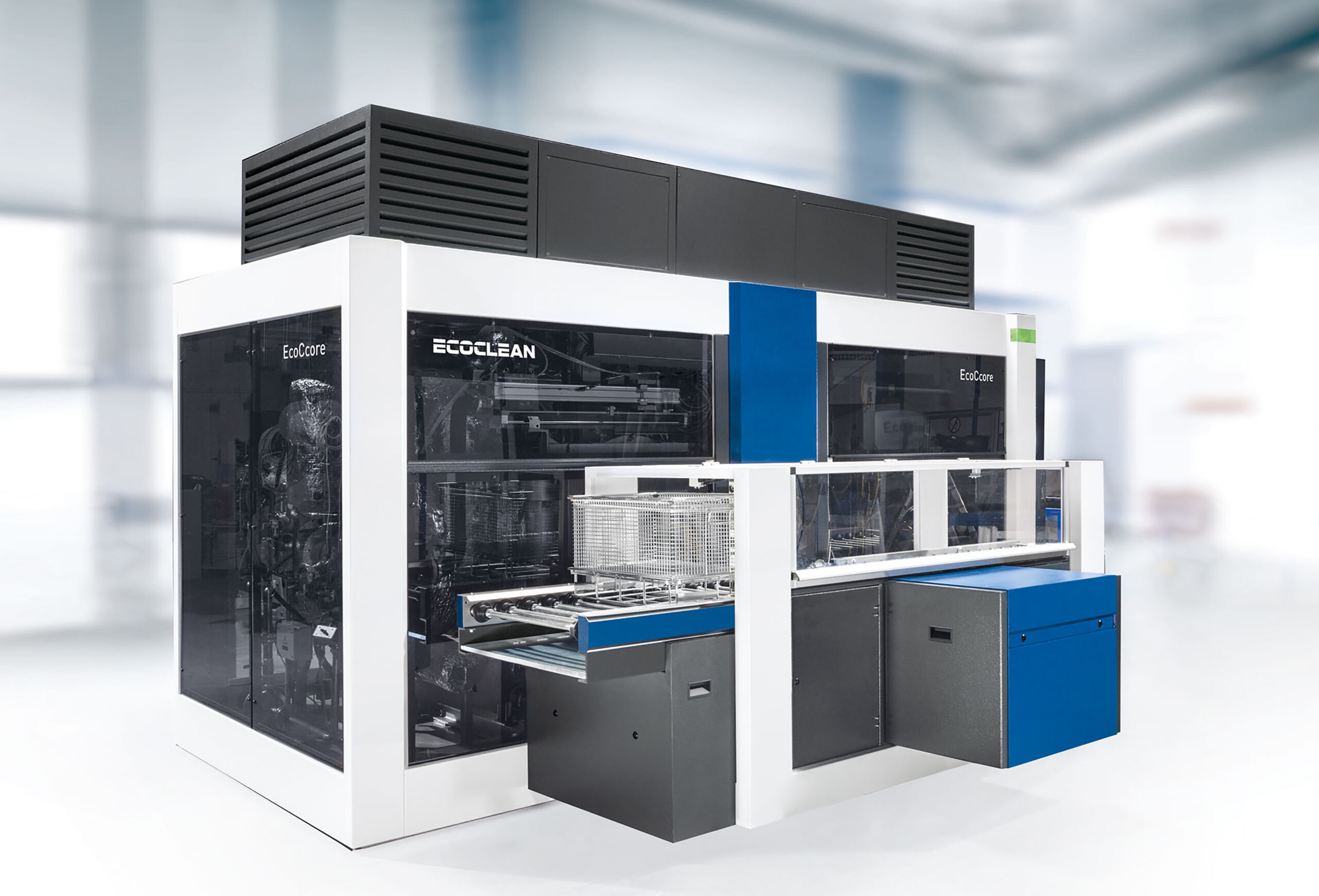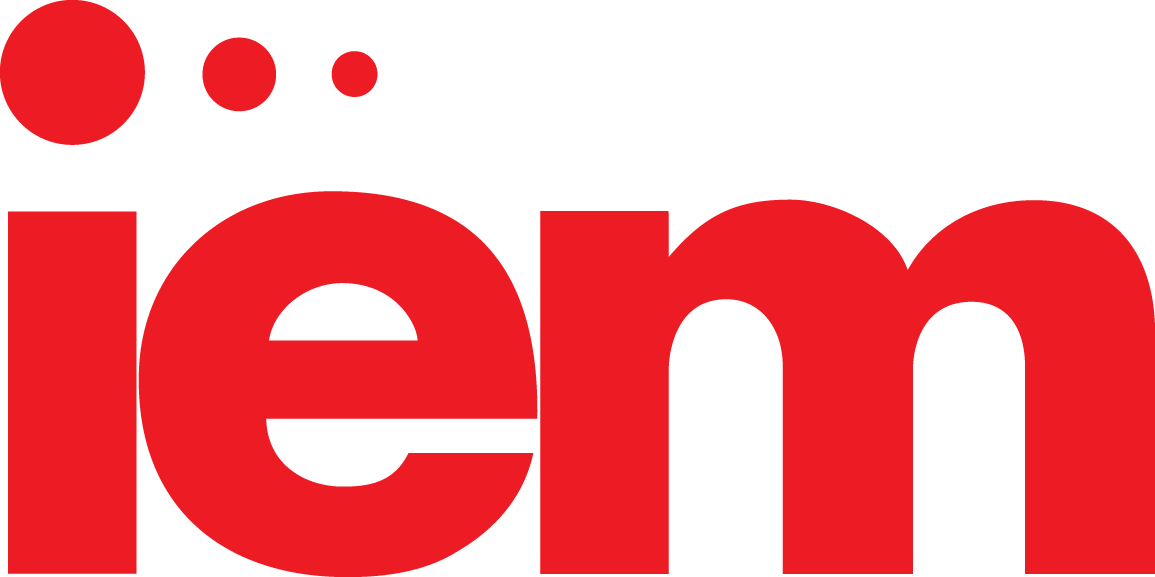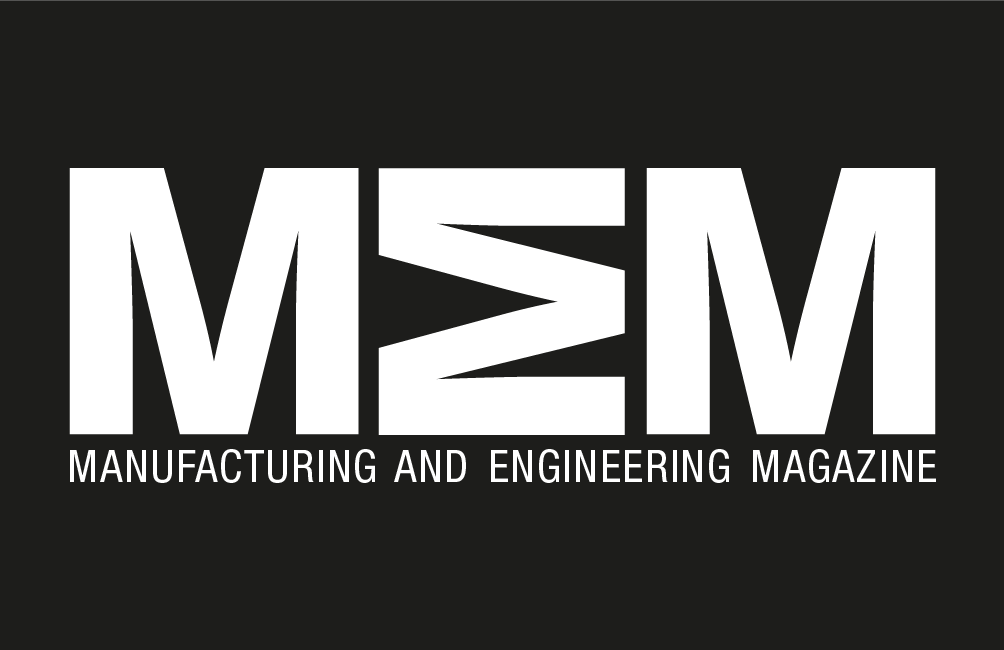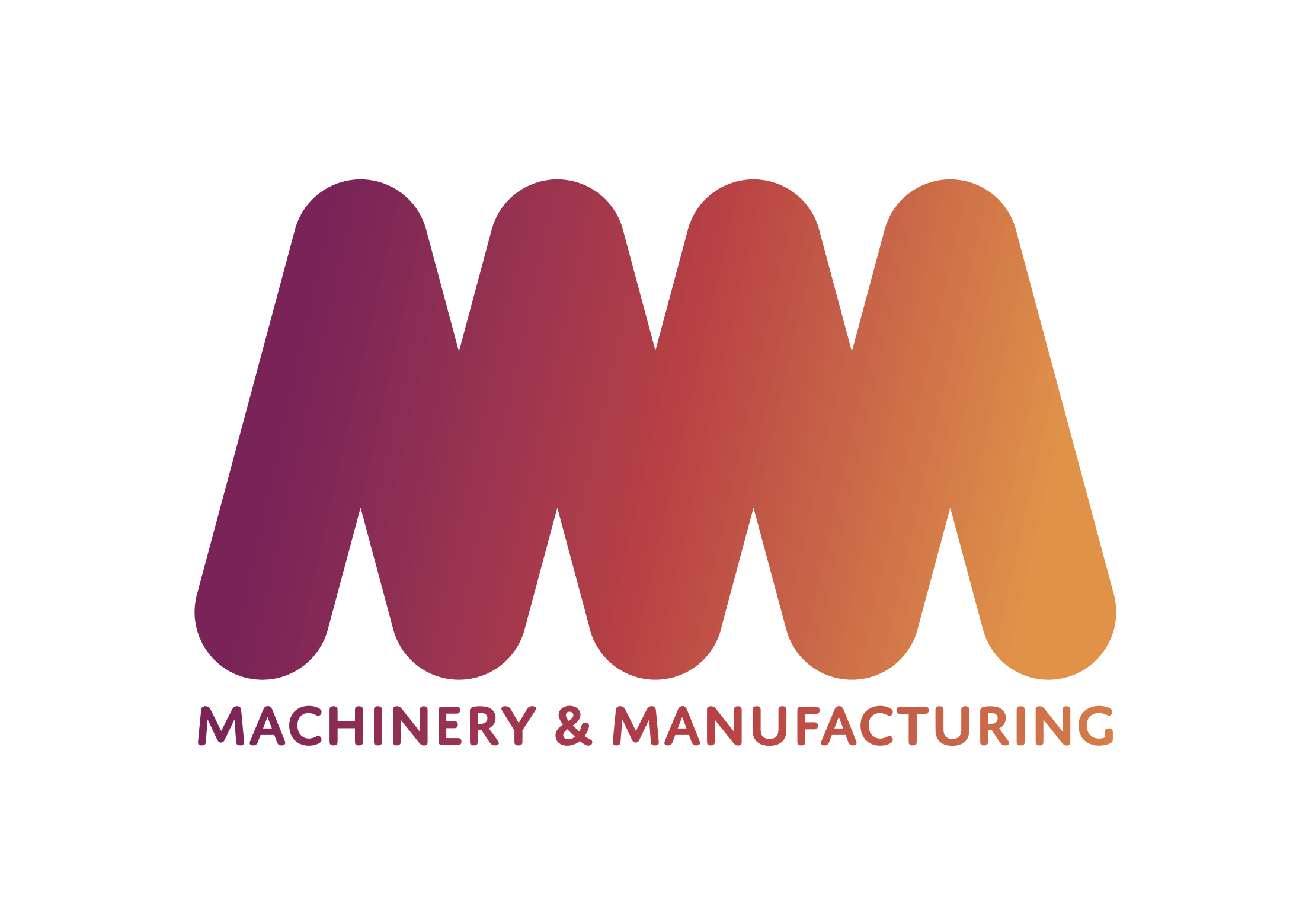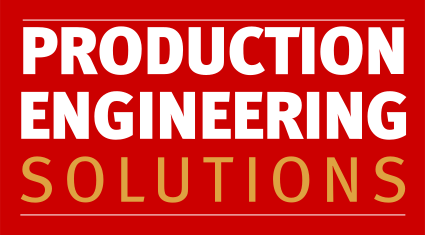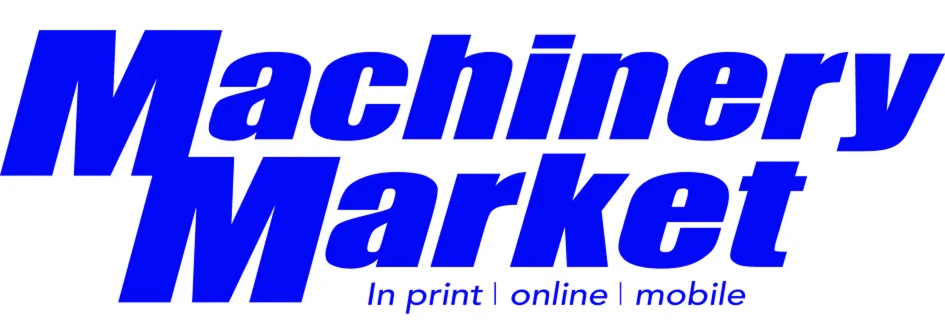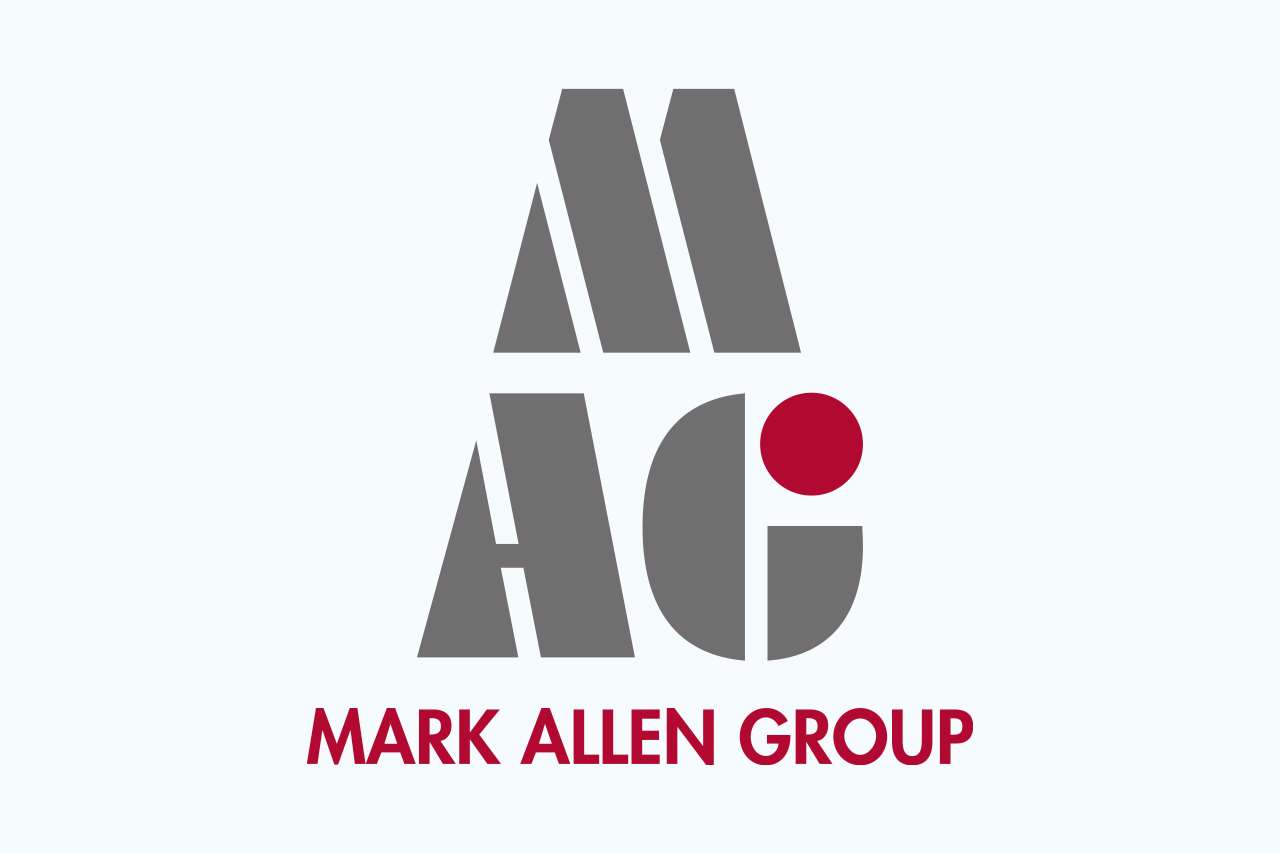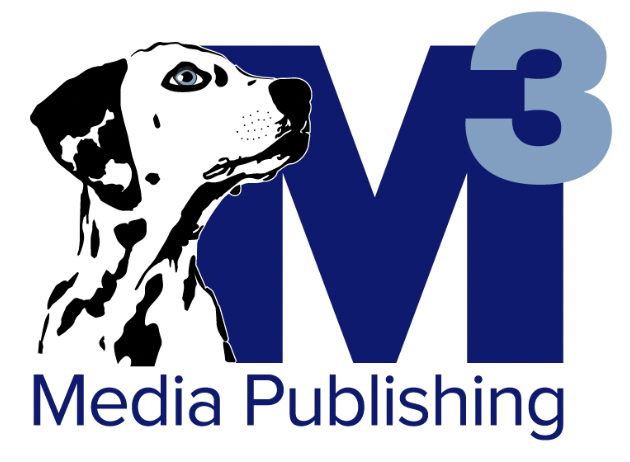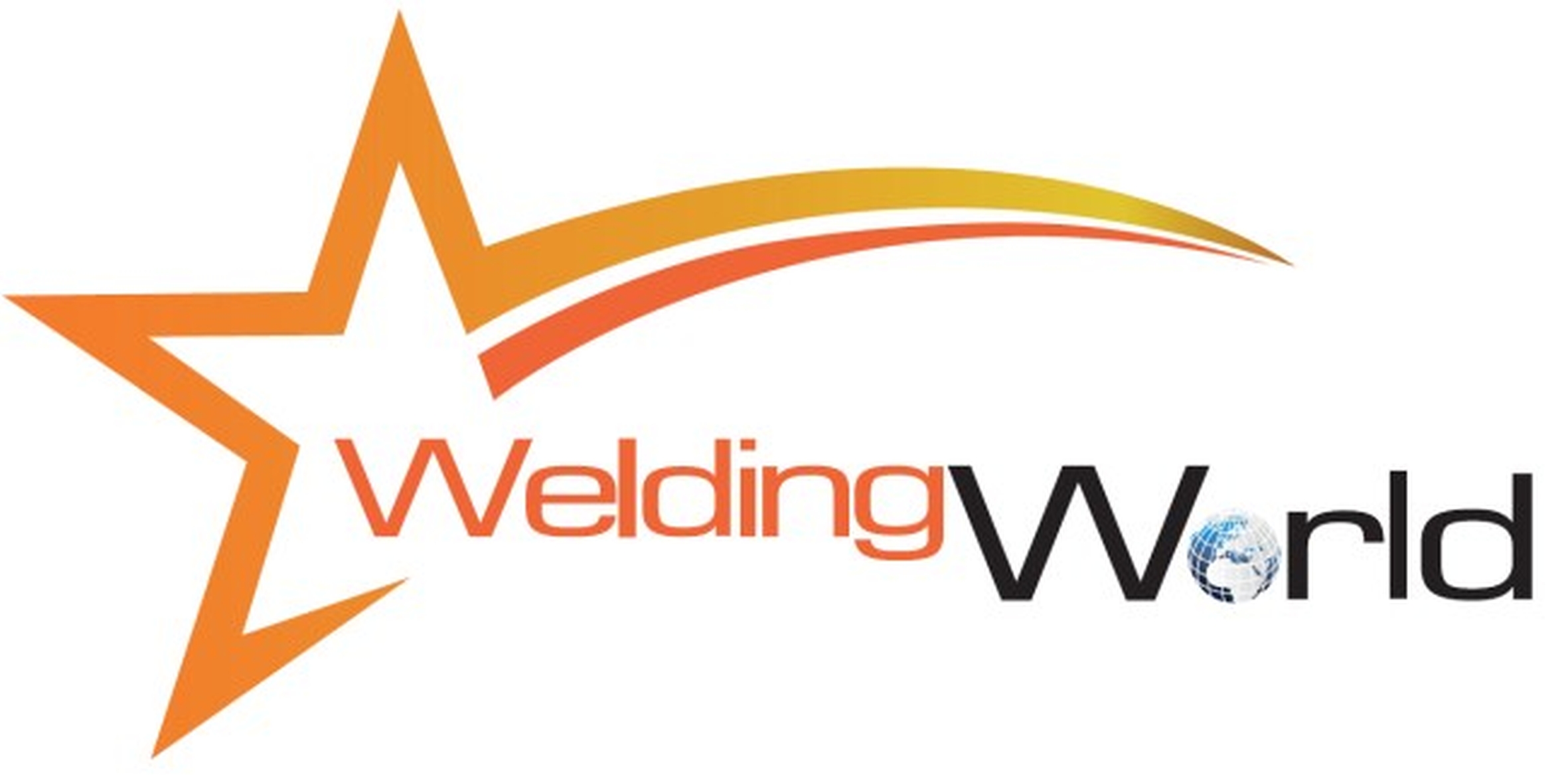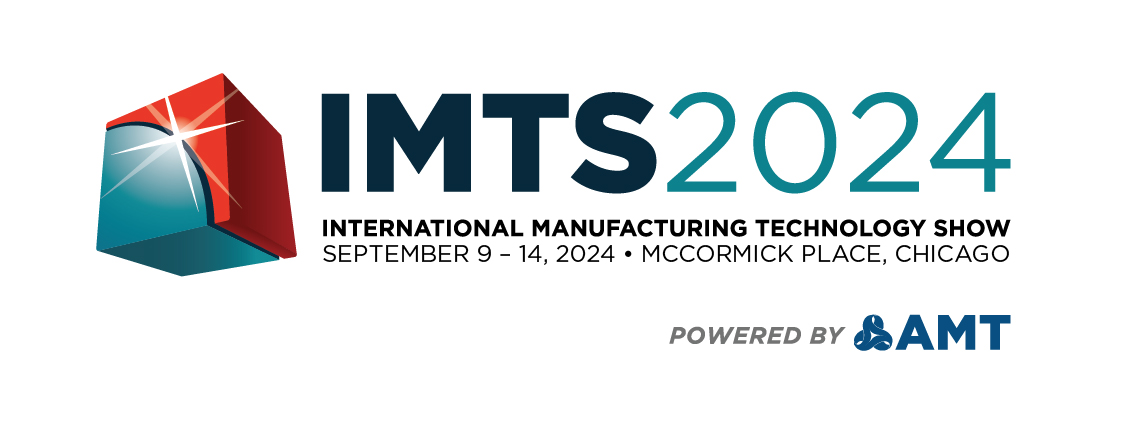Achieving residual organic contamination in the atomic percentage range
In high-performance laser systems operating under high vacuum conditions, already minimal layers of organic residues can pose a risk of interfering with the process. This is why one of the leading laser manufacturers uses an EcoCcore machine with High Purity
configuration and integrated, subsequent low-pressure plasma treatment for final cleaning.
The company’s Innoslab laser with short and ultra-short pulses are among the most effective state-of-the-art laser-based manufacturing tools. Among others they are used in different industries for processing of metals, glass, ceramics and various plastics. Another field of application is the processing of microchips in the semi-conductor industry. Laser processing takes place under high vacuum. Therefore already minimal outgassing of organic residues from the component manufacturing step can reduce process efficiency and lead to defects.
Minimum residual organic contamination is a must
Before assembly in the clean room, the laser components undergo a final cleaning step. This concerns components which are sensitive to scratches and impacts, such as casings, covers, circuit board carriers, holders and fasteners, some with scooping geometries, with a weight range between 0.1 and 15 kg. Among others they are manufactured of anodized aluminium, stainless steel, copper and polyoxymethylene (POM) . Depending on the component, in high-end cleaning specifications for residual organic contamination of a few atomic percent must be reached. As these specifications could not be ensured in the previously used laborious manual cleaning process, the company invested in a new high purity cleaning solution. Besides the demanding specifications regarding residual organic contaminants, requirements included the reliable removal of ultra-fine particles and the design of part-specific cleaning processes.
Hybrid cleaning with solvents and plasma
After extensive cleaning trials in Ecoclean GmbH’s High Purity Test Center, the company opted for the solvent-based EcoCcore system which operates under a full vacuum, including an integrated low-pressure plasma treatment. For this application, the contamination type on the one hand and the variety of materials and geometries on the other, were determining factors in favour of this combination of wet-chemical and dry cleaning solutions. The tests showed that the results regarding residual organic contamination were significantly better than the required values.
Task-specific configuration ensuring reliable results
The compact hybrid EcoCcore is a High Purity design, comprising a work chamber made of electropolished stainless steel, equipment units suited for high purity applications, special piping and filtration units, and more. In addition the machine has two flood tanks for two cleaning stages, and an integrated distillation system for solvent treatment. It operates under full vacuum with a modified alcohol (polar solvent) which offers the advantage of having a smaller boiling range in this application compared to hydrocarbons. Its process technology with immersion, injection flood wash, steam degreasing, ultrasonics and Ultrasonics Plus as well as an integrated unit for plasma cleaning is also designed to achieve the high cleanliness requirements in a reproducible manner.
Fully-automatic process with unloading into the clean room
The laser components which are already pre-cleaned are transported to the load station inside a guarded area, in batches of up to 670 x 480 x 400 mm. They are cleaned in a part-specific two-stage process with media from flood tanks one and two. In addition to the immersion, injection flood wash and ultrasonic processes, they are also cleaned with the Ultrasonics PLUS process. In contrast to classical ultrasonic cleaning which takes place under constant work chamber system pressure, the pressure of the Ultrasonics PLUS process varies and adapts to the part geometry and degree of soiling. These pressure variations amplify the formation of cavitation bubbles, thus making treatment more effective in that it also gets to interior areas that are not reached with conventional ultrasonic processes. The last step of the wet-chemical cleaning stage consists of steam degreasing, with steam which is conditioned in the distillation unit. This is followed by vacuum drying.
For the final plasma treatment which takes place in the evacuated work chamber, pressure is further reduced and the plasma is ignited. High-energy ions and free electrons are thereby formed in the vacuum as well as reactive particles that chemically attack the contaminants adhering to part surface, such as grease and oil residues, and transform them into volatile compounds. At the same time, the plasma’s UV radiation likewise exercises a cleaning effect, e.g., by breaking down long-chain hydrocarbons. The gaseous decomposition products of the plasma treatment are extracted from the work chamber. Since virtually all components needed for plasma cleaning – e.g., vacuum, measuring and control equipment – are already in place in the EcoCcore design for wet chemical cleaning, the additional cost and engineering effort are comparatively low.
The parts are discharged through an airlock into the clean room where they are assembled.
High process reliability in series production
The laser system manufacturer has been operating this machine combining high purity cleaning with solvents and plasma in series production for several months. The results obtained during the tests, which by far exceeded the specifications for film-type organic cleanliness, have been confirmed in practice.
